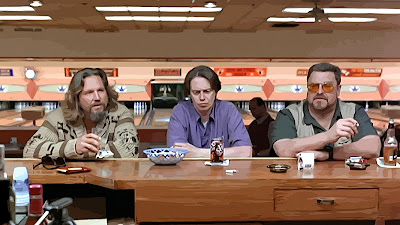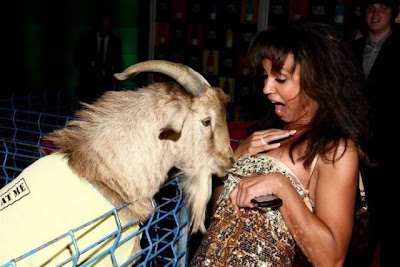The third and final goat hit the fire a few days after Christmas. For the most part, the cooking process followed that of the previous roast word for word. Dad did, however, put on his Iron Chef hat and personalize the dry rub, substituting rosemary, salt/pepper, and an Italian seasoning for the mixture of processed powders and spices from the first goat roast. He also had the forethought to let the spices do their thing overnight. Veteran move, Timbo.
Our homemade pit was by no means as official as the bomb proof pig roaster back in Athens, but it got the job done just as well. The heat stayed high enough to make keeping your hand just under the meat nearly unbearable. Each piece of meat browned nicely on each side for a little under an hour before being sealed up in aluminum foil with onions, celery, lemons, bell peppers, carrots, potatoes, garlic, and what was left of a vinegar baste.
After another 2 or so hours on the fire, we were left with the same result: a pile of tender, hand-pulled meat and juicy, savory vegetables. Some friends and family pitched in with scalloped potatoes, chili, and appetizers. All in all, we had a pretty impressive spread capable of feeding 20-25. Luckily, there were only about 15 mouths to feed, so I got to mix and match leftovers for the next few days.
That was the last of my goat meat, so any more gourmet goat posts will have to wait until I can convince a few friends to compete in this summer's Brady, TX Goat Cook Off. That's right, the big show, the Rose Bowl of BBQ, where every aspiring goat roaster dreams of one day competing against the same living legends that guided our inaugural goat roast back in December. Realistically, it'd probably unwind a lot like Rocky V - an up and coming competitor gives the grizzled veteran a run for his money but is ultimately taught a painful lesson. But, what if...




